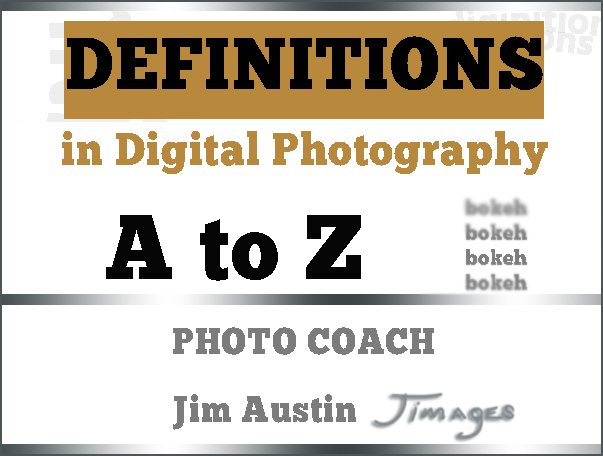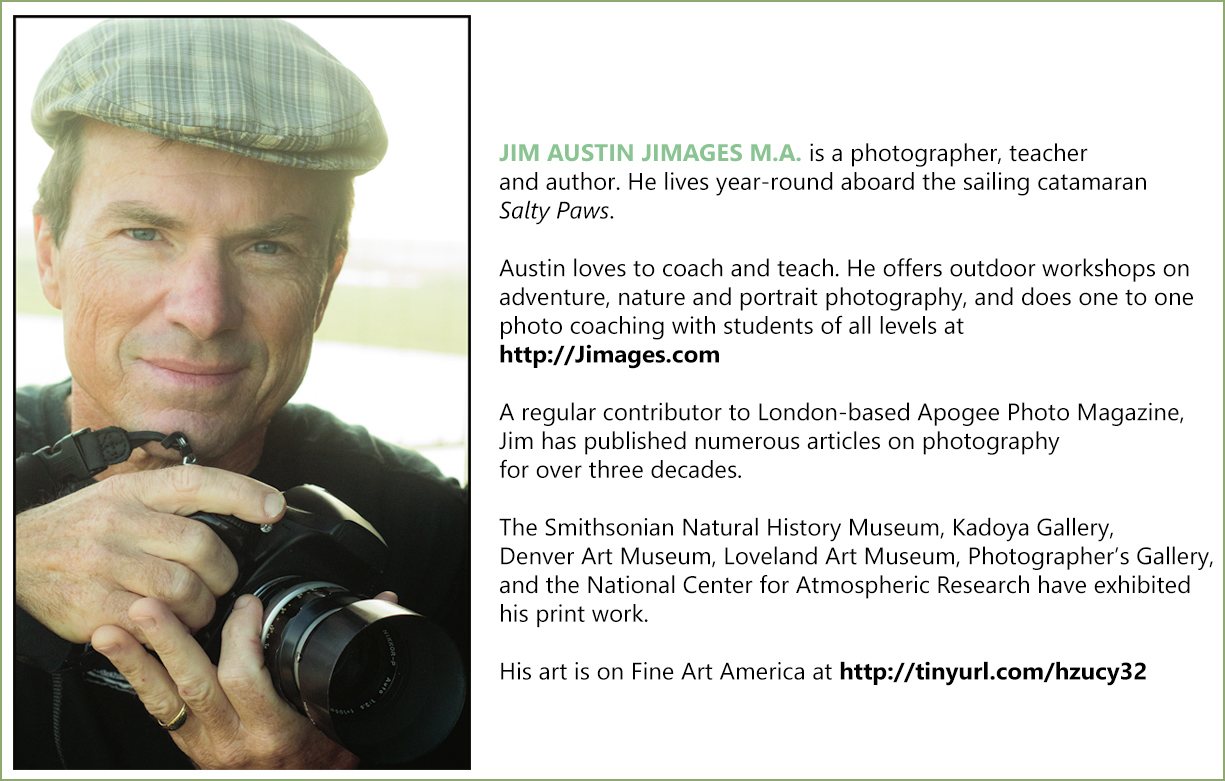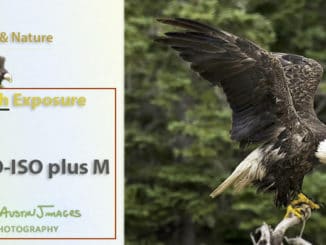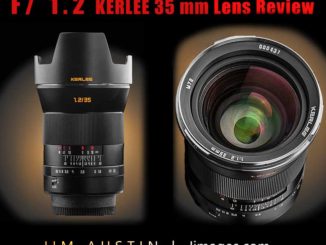
Useful Concepts. They expand your photography knowledge. Check out these key concepts in digital photography from Adobe RGB to Zooming . . .
ADOBE RGB. A color space, Adobe RGB has a wider gamut of colors than the sRGB space used for web. We use Adobe RGB for images we plan to print. Adobe made the RGB space to access most of the colors that CMYK printers use, while still RGB primary colors used by our onscreen displays.
BOKEH: The photographer and editor Mike Johnston coined the term, adding an “h” to the Japanese word for soft, blur, or fuzzy. Bokeh has many artistic qualities beyond just the aperture that was chosen. Bokeh Art is a field of the aesthetics of the picture space, and how to compose for a harmonic relationship between the subject in focus and the out- of-focus areas that surround it.
COPYRIGHT: to legally protect your work, in addition to your copyright, REGISTER your copyrighted on the eCO government website, download the form, and mail it in with a DVD of copies of your work, pay a small fee under $50 to register multiple works on your DVD. See http://www.copyright.gov/policy/visualworks/.
DELETION RECOVERY: When images are deleted from your camera’s memory card (CF, SD), they may still be recovered with software apps such as Undelete360.
ELECTRONIC FRONT CURTAIN SHUTTER: In the past, cameras used a mechanical system to release the shutter. Sony, Nikon and Canon now have electronic systems which claim to reduce blur caused by shutter movement, particularly when using long focal length lenses like 500 mm and up.
F-NUMBER: Also called relative aperture or F-ratio, expressed as: F=f/D where f is the focal length of the lens in mm and D is the diameter of the aperture in mm. The F in the number may come from the German word “factor.” Lenses made in the early decades of photography had physical stops to block incoming light. Unlike speed, length and time, F is a “dimensionless” number.
GPS: global positioning system is built in to cameras. GPS equipped cameras interface with an electronic compass and Coordinated Universal Time (UTC) to pinpoint the latitude, longitude, heading and altitude where each frame was exposed adding the GPS info to the Metadata. This data can be viewed on the camera’s LCD after each shot.
HIGH ISO CAPABILITY: Many reasons exist for using High ISO for photography. Canon announced a camera capable of exposing images at 4,560,000 ISO in 2015. ISO is International Organization for Standardization.
IMAGE STABILIZATION: in camera and in lenses, IS (VR, OS) compensates for the movement of shutter or camera.
JPEG: The JPEG format is being continually updated (Joint Photographic Experts Group). A new format called JPEG XS is being developed, for better resolution and lossless quality at smaller file sizes.
KODAK: still makes film, chemistry and photo supplies and is joining up with other companies to develop older Kodak patents. Early Kodak cameras from over 100 years ago are in use today for film, vintage and everyday photography.
LIGHT: Visible light is part of a spectrum of electromagnetic energy. Your camera usually records a part of the spectrum from 400 to about 720 nanometers (400 nm to 700 nm) that we call colors like blue, red, yellow and green.
MANUAL EXPOSURE: a camera mode. Using Manual is good practice for photographers. Set the ISO to a specific number. Set aperture manually. Set a shutter speed for the light conditions, and if there is very little light, try the B or Bulb setting to manually keep the shutter open for longer time exposures.
NEGATIVE: An image produced on film (Kodacolor , Fujicolor) by the chemical product of exposure and development.
OPTICAL LOW-PASS FILTER: Filter fitted in front of the image sensor that cuts out ultraviolet and infrared light.
PICTURE CONTROLS: Picture Controls in camera like Vivid, Neutral and Portrait are for a special look to your picture. They can be changed to custom picture controls that allow more vivid or saturated images by changing the camera default settings to a custom choice ( C1, C2) in the menu.
QUANTUM OPTICS: Analyzes the behavior of light and how matter affects it, at the level of individual photons. Lasers are a practical application of quantum optic research and design.
RELATIVE APERTURE: Another term for the F number. Take the size of the diaphragm, divide by the focal length of the lens. 100 mm lens diaphragm opening divided by 50 mm focal length equals f/2 .
STOPPING DOWN: Reducing the size of your aperture ( f/4 to f/8, for example) for greater depth of field.
TIME LAPSE: A series of frames, captured over a time period (seconds to weeks), then combined into a short movie. Some pro cameras have time lapse capture modes built in, but most cameras need hard-wired or remote triggers to make time-lapse imagery.
UNDERWATER WHITE BALANCE: a setting to automatically correct for the blue color cast of underwater exposures included in modern cameras such as Olympus Tough series.
VARIABLE BIT RATE: a camera that records HD video may have a variable bit rate that compresses data to save space. The bit rate drops down for areas with less audio or visual detail. The downside is that it can be harder to stream.
WAVELENGTH: The distance, crest to crest, between 2 waves of light in the electromagnetic spectrum.
X-SYNCHRONIZATION: some flashes have a peak output that happens almost instantaneously. A cameras X Sync makes a connection to these flashes possible. X Sync is considered the fastest shutter speed at which a focal plane shutter is fully open.
YOTTABYTE: Unit of computer memory = 1,000,000,000,000,000,000,000,000 bytes, the largest unit so far.
ZOOMING DURING EXPOSURE: Try it. Choose a longer exposure time of 2-8 seconds on a tripod, and adjust your focal length as you expose with the lens zoom ring.





Leave a Reply